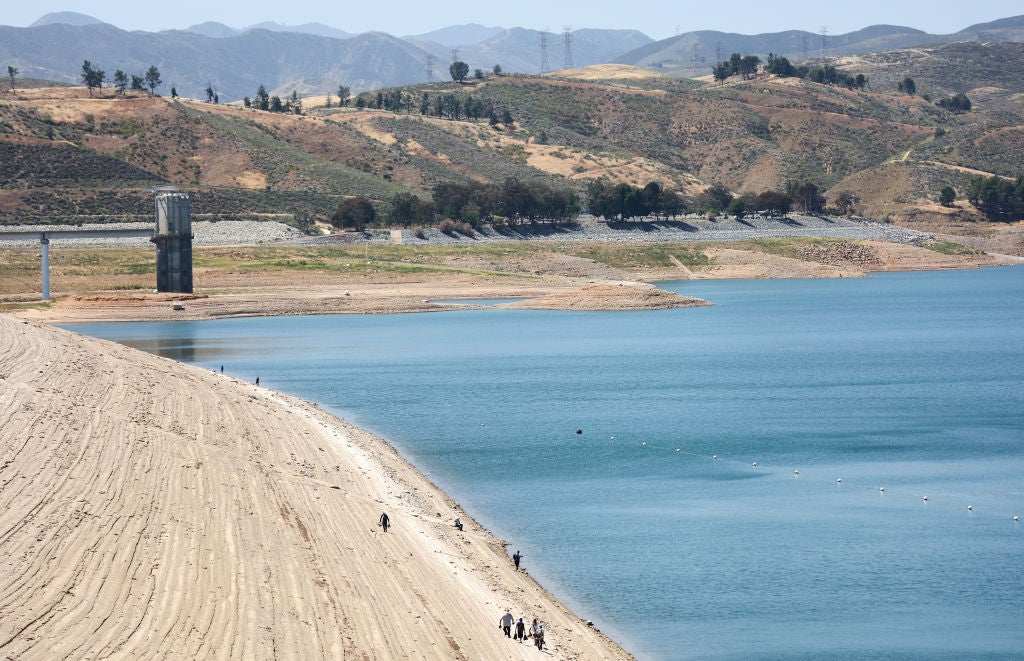California is in its third year of drought, with January, February and March 2022 all recording the least rain and snow on record. Virtually every area of the state is classified as under either severe or extreme drought. With state water use jumping by a fifth in March compared with the same month in 2020, Governor Gavin Newsom has threatened statewide water mandates if local water authorities do not bring the situation under control.

Only a few months ago, it seemed water levels could have recovered this year. In December 2021, the depth of the state’s snowpack – the seasonal snow deposit in the mountains that remains in place throughout winter – reached above-normal levels, compared with the median for 1990–2020. However, after low snowfall at the start of 2022, the state’s snowpack was at only 40% of the median level by 1 April, with equivalent water content of just 6.9in.

Discover B2B Marketing That Performs
Combine business intelligence and editorial excellence to reach engaged professionals across 36 leading media platforms.
As well as increasing the risk of wildfires, and potentially limiting Californians’ ability to water their plants or enjoy water-based leisure activities, low water levels could also have a big impact on the state’s energy systems.
Nearly 300 hydroelectric facilities across California generate between 10 and 20% of the state’s power in a typical year. When water levels are low, the state’s ability to generate hydroelectric power is dramatically reduced. The year 2020, for example, saw around 11% of power come from hydropower, compared with around 19% in 2019.
Looking ahead at 2022, analysis from the US Energy Information Administration (EIA) expects that hydroelectric generation this summer will be 48% below a case where water levels are at a standard level. The agency expects hydropower to make up just 8% of the electricity generation mix in California from June to September 2022 in an enduring drought scenario.
Hydropower is often criticised for its environmental impact because of the massive volume of concrete involved in construction and the disruption to ecosystems caused by dams. California does not actually count large hydropower plants in its renewable power targets.

US Tariffs are shifting - will you react or anticipate?
Don’t let policy changes catch you off guard. Stay proactive with real-time data and expert analysis.
By GlobalDataHowever, if droughts endure in the coming months and years, the state will likely have to fire up more gas-fired power plants instead, warns the EIA. These are far more carbon-intensive than hydroelectric plants: statewide emissions are expected to be 6% higher in a drought scenario this summer, compared with a situation with normal water supply conditions.





